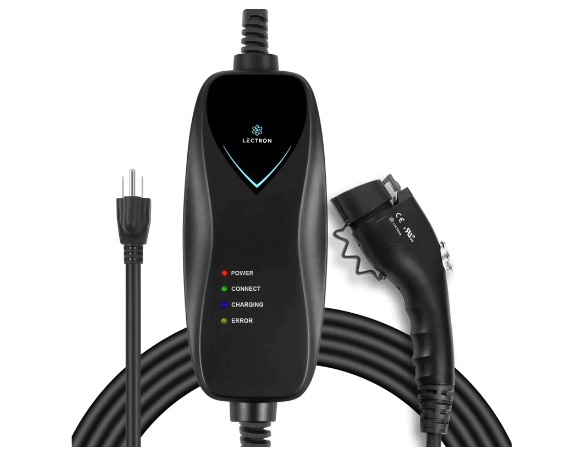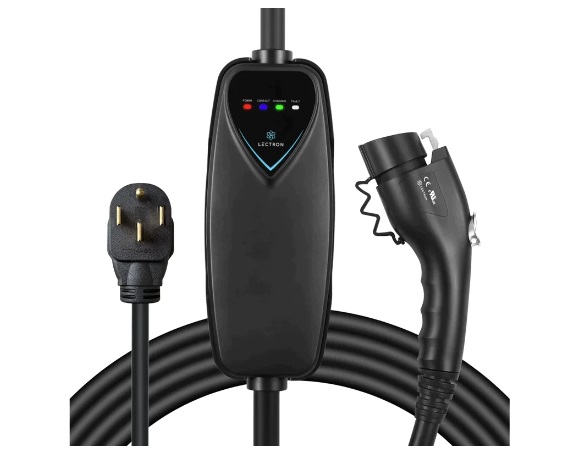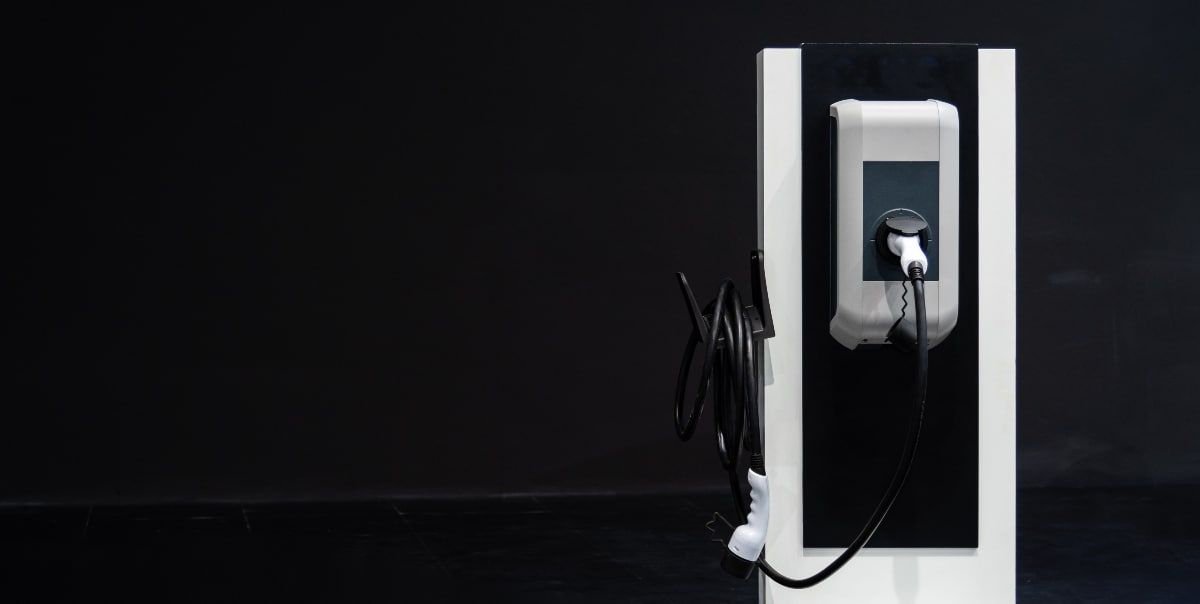September 12, 2018
Level 1 and Level 2 EV Chargers at Home
3 Min. Read
If you’re wondering what is the difference between Level 1 and Level 2 EV chargers, you’ve come to the right place! Level 1 uses 120-volts and Level 2 uses 240-volts. We’ll explain the differences in the article below, and you can also watch the above video for some guidance about upgrading your home charging situation from Level 1 to Level 2.
Level 1 vs Level 2 EV Chargers
What is a Level 1 EV charger?
Most manufacturers include a Level 1 EV charger with the purchase of a new car, which can be plugged into any standard 120-volt outlet. It takes a Level 1 approximately 20 hours to charge a car enough to go 124 miles and 43 hours to go 249 miles. For someone with a typical commute of 20 miles each way, using a Level 1 charger overnight may be adequate. However, most EV owners want to use their vehicle without range anxiety and downtime. So, they opt to purchase a stronger charger or use a public one and keep the Level 1 in the trunk for emergency use.
What is a Level 2 EV charger?
These chargers are purchased separately from the EV but are up to 10 times faster than a Level 1. They require an experienced electrician or certified installer to set up. Level 2 EV chargers require a 240-volt outlet, such as the type required for an electric clothes dryer. Thus, you might have to upgrade your home’s electric panels or circuits. As with many Level 2 chargers, it takes approximately five hours to charge enough to drive 124 miles. Level 2 chargers have a specific connector for 240-volt charging.
But wait, there’s more!
What is a Level 3 EV charger?
Level 3 EV chargers are also referred to as “DC Fast Chargers.” These charge EVs quickly, juicing up a vehicle for a range of 100 miles in only a half-hour. Found in commercial buildings, retailers, or highway rest areas, Level 3 chargers are not intended for home use. There are things to be aware of regarding Level 3 chargers:
- Not all EVs can use a Level 3 charger. Knowing your vehicle’s capability is important.
- They are fast when a vehicle’s state-of-charge (SOC) is low. However, after a battery is at least 80% charged, a Level 3 charger slows down. So, topping off a car to be fully charged may make more sense with a Level 2.
- It’s generally recommended to keep your battery level between 20% and 80% for optimal battery life, except for long trips when you may want a full charge.
- You pay for the expediency. A fast charge is more convenient, but also more costly.
- The connectors are not the same as the ones you use with a Level 1.
Looking To Buy A Level 1 or Level 2 EV Charger?
With so many EV charging options available, it can be difficult to determine the right Level 2 charger to purchase for home installation. Auto manufacturers can make recommendations, but turning to a third-party who can independently evaluate your needs, the type of car and your residential situation is invaluable. If you’re looking to buy a Level 1 or Level 2 charging device, visit the Qmerit EV Charger Store to see the most popular options available.
Need A Level 2 EV Charger Installed?
As the largest network of certified EV charger installers in North America, Qmerit is the most trusted EV charger installation partner recommended by automakers, EV charger manufacturers, utilities, businesses, and homeowners alike.
But don’t just take our word for it. Rated #1 in customer satisfaction, Qmerit’s experienced network of certified electricians has installed more than 450,000 EV charging stations in homes and businesses across the U.S. and Canada!
Give us a call at (888) 272-0090 or complete our online EV assessment to find out why we’re North America’s most trusted EV charger installation service provider today!



